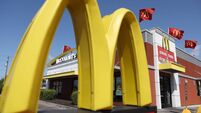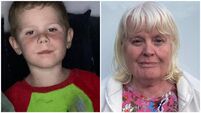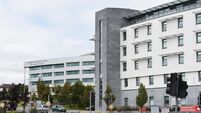Japanese asteroid capsule retrieved from Outback
The Hayabusa explorer returned to Earth overnight after a seven-year, six-billion-kilometre journey, burning apart on re-entry in a spectacular fireball after jettisoning the capsule. It was the first time a spacecraft successfully landed on an asteroid and returned to Earth.
Seiichi Sakamoto of the Japan Aerospace Exploration Agency, which launched the explorer in 2003, said they were “delighted” to recover the capsule, particularly after a number of technical problems delayed Hayabusa’s arrival for three years.














